The Effective Crystal Field Potential
As it results from the very nature of things, the spherical symmetry of the surrounding of a site in a crystal lattice or an atom in a molecule can never occur. Therefore, the eigenfunctions and eigenvalues of any bound ion or atom have to differ from those of spherically symmetric respective free ions. In this way, the most simplified concept of the crystal field effect or ligand field effect in the case of individual molecules can be introduced. The conventional notion of the crystal field potential is narrowed to its non-spherical part only through ignoring the dominating spherical part which produces only a uniform energy shift of gravity centres of the free ion terms. It is well understood that the non-spherical part of the effective potential "seen" by open-shell electrons localized on a metal ion plays an essential role in most observed properties. Light adsorption, electron paramagnetic resonance, inelastic neutron scattering and basic characteristics derived from magnetic and thermal measurements, are only examples of a much wider class of experimental results dependent on it.
{{comment.content}}
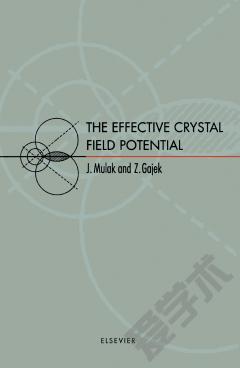

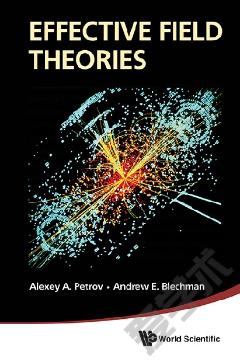
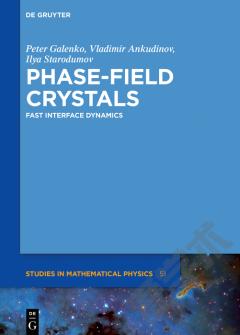

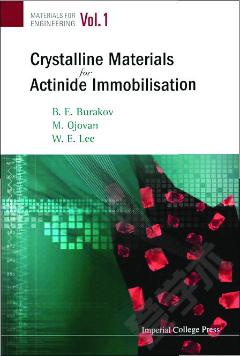
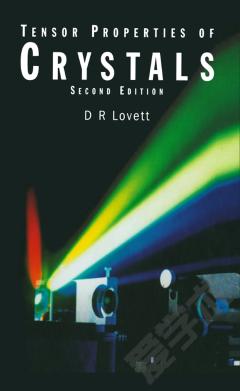

 京公网安备 11010802027623号
京公网安备 11010802027623号